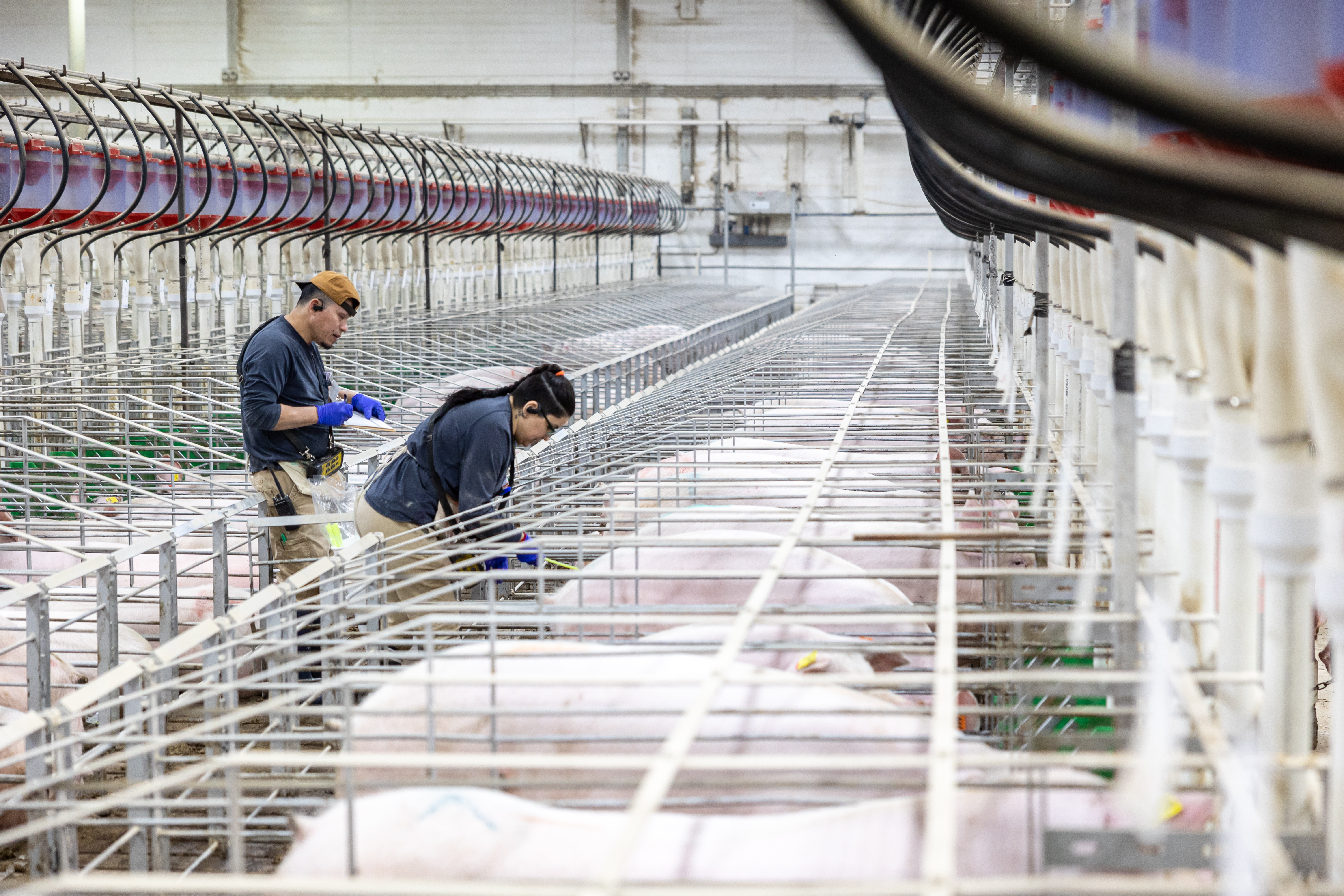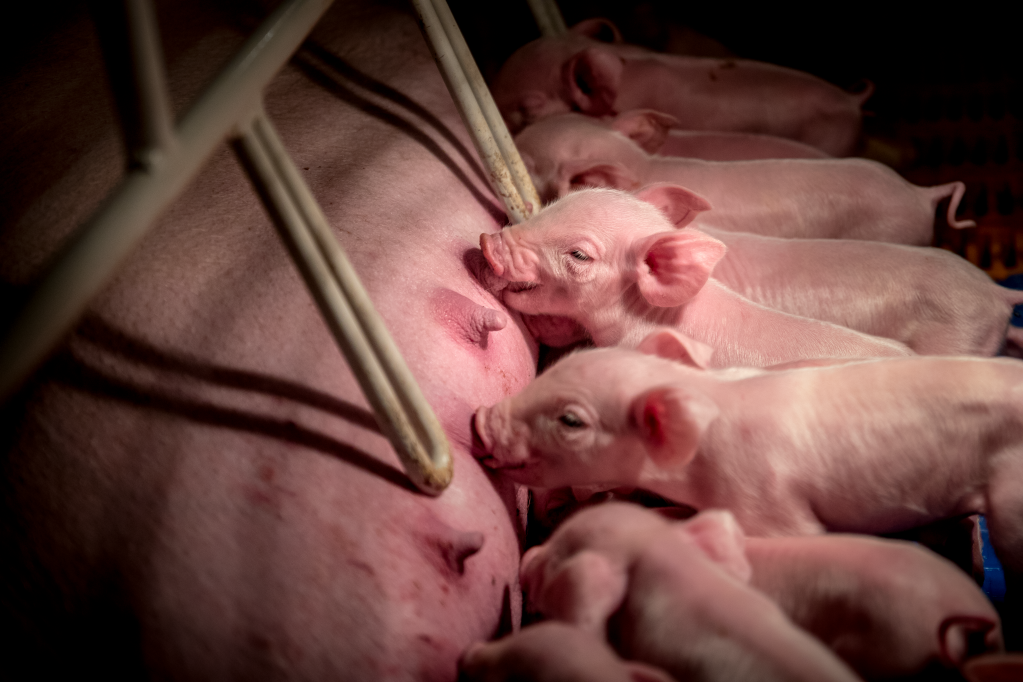Life Cycle Assessment confirms reduced GHG emissions from use of full program PIC genetics; also brings entire pork value chain closer to claiming Genetic CarbonTM reductions as part of climate commitments.
North American pork producers using PIC genetics now have peer-reviewed, ISO-conformant research to show that genetic improvement efforts are making a quantifiable impact – at a time when protein sustainability has never been more important.
PIC worked with Dr. Greg Thoma, a global environmental modeling expert, to complete a Life Cycle Assessment (LCA) studying the impact of pig breeding on the environmental sustainability of North American pig production.1 An LCA analyzes the effect a product has on the environment over its lifetime; in this case, monitoring the environmental impact of live swine production through to slaughter.
GHG reductions with PIC genetics
The North American LCA and a prior European LCA are among the first of their kind to quantify the environmental impact of swine genetic improvement and to receive ISO conformance.
Key LCA findings:
- The North American LCA showed that full program PIC genetics (sire + dam) emit 7.5% less greenhouse gases than industry average.
- Similarly, European LCA results showed full program PIC genetics emit 7.7% less GHGs than industry average.
- In Asia, full program PIC genetics reduced emissions by 10% in China and 10.2% in Japan compared to industry averages.
The results bring the swine industry a step closer to proving that genetics are a reliable pathway to improve land, feed and water use, as well as carbon emissions.
Credible, Defensible Data
As sustainability claims increase across the food and agriculture industry, so does the need for proof. New innovations claiming to generate carbon equivalents need strong verification. LCAs provide that verification using years of swine production data, including data from multiple countries, a large number of sows and diverse environments.
Each regional LCA achieved International Organization for Standardization (ISO) conformance, validating that the studies were conducted with the highest degree of rigor – and the results are credible and defensible.
The North American LCA was also published in the peer-reviewed journal Animals, with additional publications forthcoming. Publication helps ensure the swine industry has peer-reviewed, publicly available resources to quantify a strong sustainability commitment through genetic improvement.
Sustainability That’s Built In
Genetic Carbon™ refers to the reduction in greenhouse gas (GHG) achieved through PIC’s genetic innovation and genetic improvement.
The environmental benefits are embedded in PIC pigs’ genetics, meaning producers don’t need to change how they raise pigs, invest in new equipment, or feed additives. Every generation of genetic progress delivers greater efficiency—and with it, measurable sustainability benefits.
Improvements in feed efficiency, growth, and survivability have been credibly quantified as emissions reductions, unlocking novel value for producers using PIC genetics. The LCAs provide the scientific foundation for Genetic CarbonTM, demonstrating these benefits are measurable and defensible.
PIC and the U.S. National Pork Board have partnered to develop a carbon claiming framework. Moving forward, PIC and the Meat Institute will pilot the framework, creating an opportunity for U.S. pork producers to generate environmental value and potentially tap into additional revenue streams. It also empowers meat packers, processors and retailers with pork in their supply chains to measure and claim Genetic CarbonTM as progress towards climate commitments.
Explore the full North American LCA results in the peer-reviewed Animals article.






